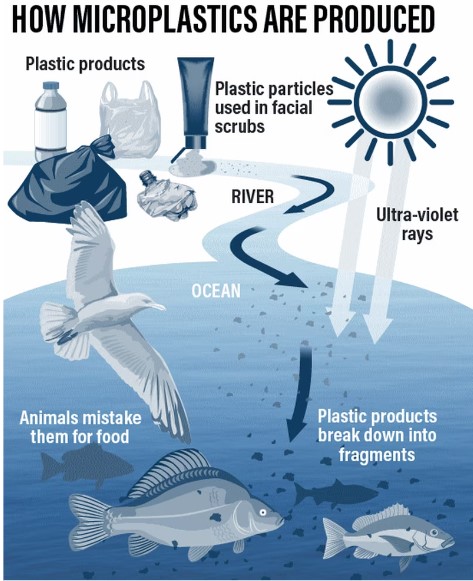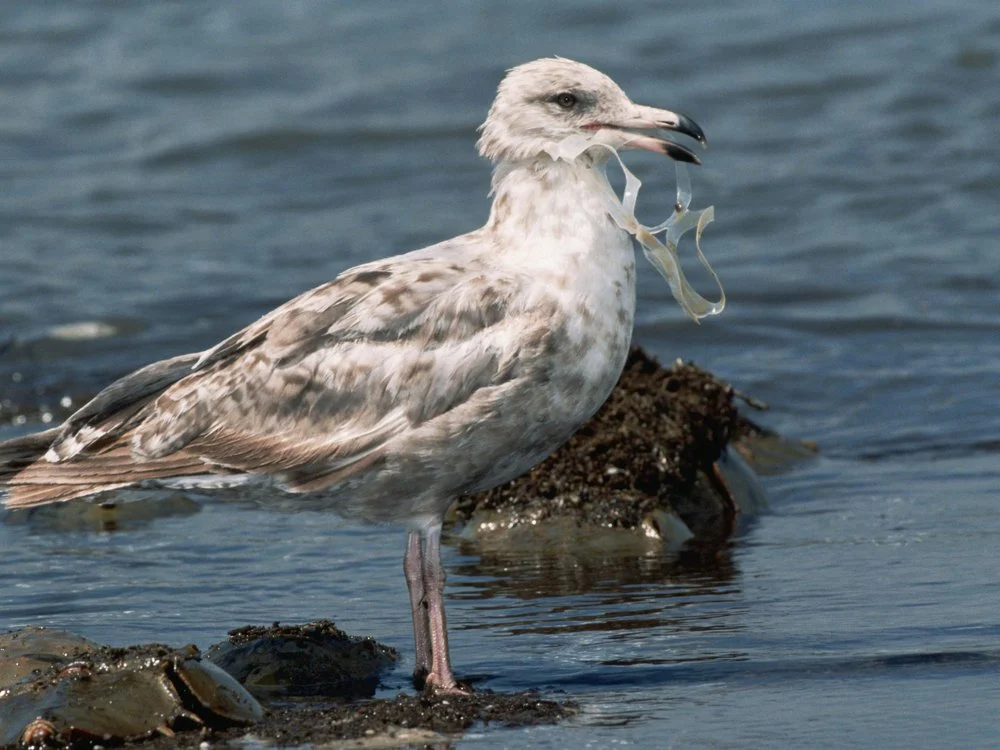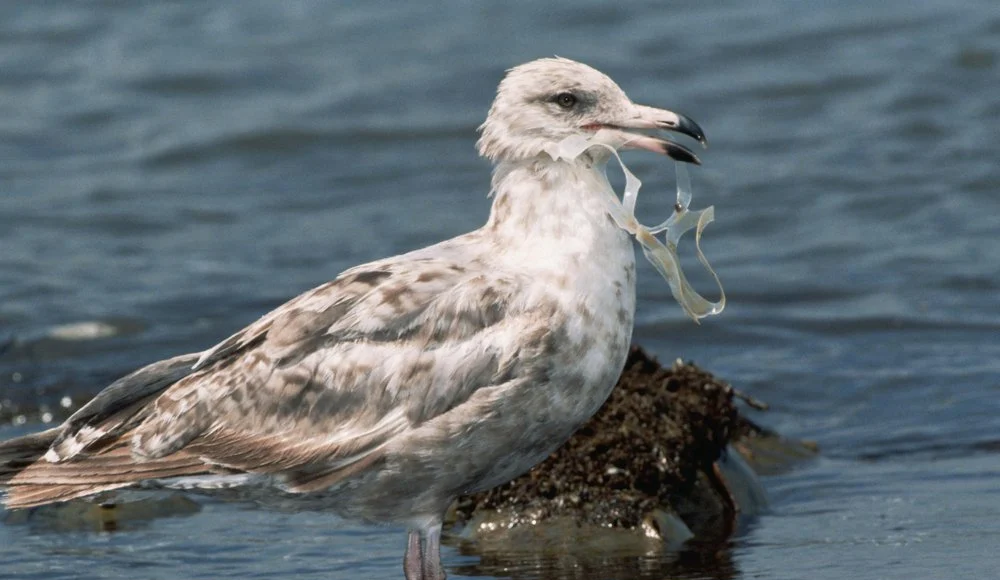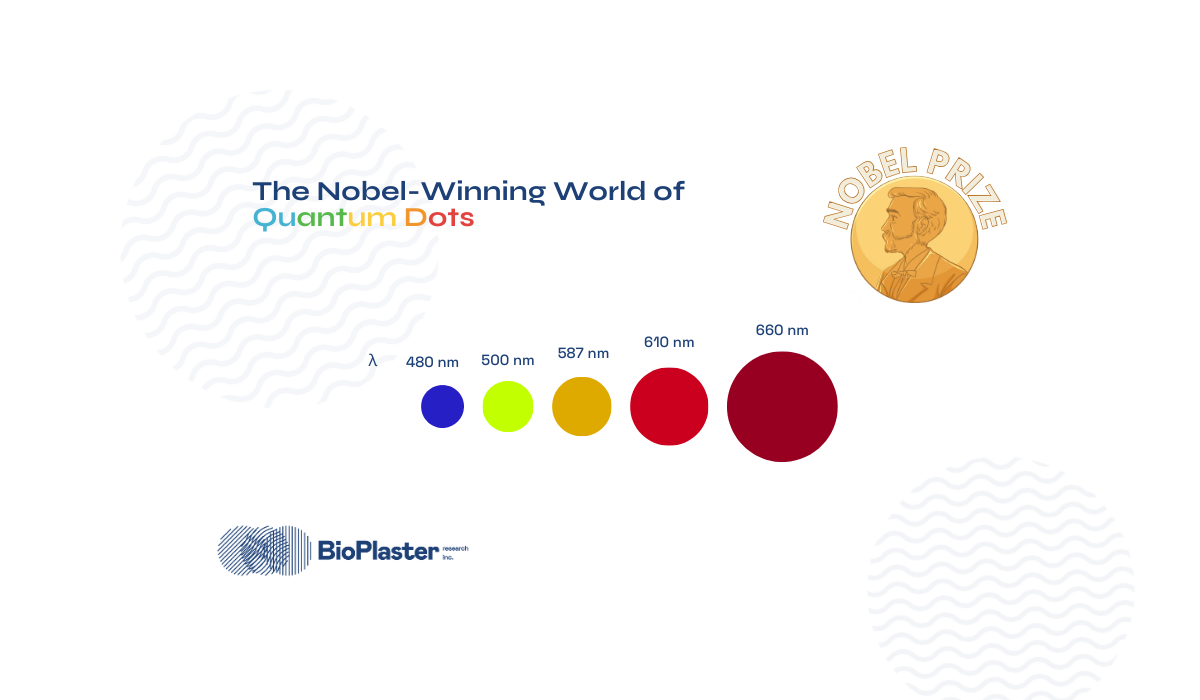Oxo-degradation was a novel technique designed to rapidly disintegrate plastic materials.
This was proposed as a solution to the large increase in plastic waste around the world.
But what are plastics?
Plastics are polymers, which is the technical way of saying that their molecular structure is an ordered set of small repetitive molecules, called monomers (unitary structures). The union of these units creates an internal structure that gives plastics properties such as flexibility and strength. Each plastic (PET, polystyrene, polyester, etc.) has a different molecular structure.

Oxo-degradation, also known as oxidative degradation or photo-oxidation, is a chemical process that occurs in certain polymers, particularly plastics, when exposed to oxygen and/or sunlight (UV rays). This triggers the degradation of polymer chains through oxidation, leading to the decomposition of the polymer into smaller fragments.
The original patent for oxo-degradation was filed in the 1970s by Michael Stephen of the British company Symphony Environmental Technologies. The patent was entitled “Degradable Plastics” and was filed in 1977. Since then, the technology has been licensed to other companies for use in a variety of applications.
Initially, oxo-degradable materials were thought of as a solution to the problem of plastic waste. They were marketed as a way to reduce waste and the environmental impact of plastics by making them degrade more quickly. However, the use of oxo-degradable plastics has been controversial.
To understand the difference between degradation and biodegradation, see this linking.
Oxo-degradable plastics break down into very small pieces (less than 5 millimeters in length) called microplastics, but instead of helping to solve the plastic pollution crisis, they are causing new damage to the environment.

This is because they are ingested by animals that confuse them with food and therefore integrate into ecosystems in a direct way. From microscopic plankton in lakes and oceans, through fish, turtles, and birds [1] to large mammals, such as whales.
Microplastics (and plastics in general) are viewed by animals as food, killing them as they accumulate in their intestines. In addition, the additives used to make oxodegradable plastics can also be harmful to the environment and leach into soil and water.
Some facts about microplastics:
- - A study published in Environmental Science & Technology estimates that up to 236,000 metric tons of microplastics are discharged into the ocean every year from the washing of synthetic fabrics, such as polyester [2].
- - Microplastics have been found in a wide variety of marine life, from small zooplankton to large whales. According to a study published in the journal Scientific Reports, more than 50% of sea turtles worldwide have ingested plastic waste [3].
- - Microplastics have also been found in drinking water. A study commissioned by the World Health Organization found microplastics in tap water samples from around the world [4].
- - An investigation in Environmental Science and Technology on oxo-degradable plastic bags concluded that none of the bags completely degraded in all environments and that the oxo-biodegradable bags fragmented into microplastics that persisted in soil and marine sediments [5].
In addition, oxodegradable plastics can contaminate the recycling systems of other plastics by containing chemicals that are difficult to identify in recycling centers.
In response to these concerns, several countries in Europe have taken steps to ban or restrict the use of oxo-degradable plastics. In 2019, the European Union enacted a directive banning the use of oxo-degradable plastics in the EU, citing concerns about their environmental impact. Other countries, including France, Italy and the United Arab Emirates, have also implemented bans or restrictions on the use of oxo-degradable plastics.
In general, although oxo-degradable plastics were initially considered a promising solution to the problem of plastic waste, their use has become increasingly controversial due to concerns about their environmental impacts. As more research is done on the long-term effects of these materials, we're likely to continue to see increased regulation and scrutiny of their use.

References:
- Blakemore, Erin (2015) 90 Percent of Seabirds Have Eaten Plastic. Smithsonian Magazine Online https://www.smithsonianmag.com/smart-news/90-percent-seabirds-have-eaten-plastic-180956484/
- Napper, I.E., & Thompson, R.C. (2016). Release of synthetic microplastic plastic fibres from domestic washing machines: Effects of fabric type and washing conditions. Environmental Science & Technology, 50 (11), 6257-6264.
- Schuyler, Q. A., Wilcox, C., Townsend, K.A., Wedemeyer-Strombel, K.R., Balazs, G., & van Sebille, E. (2014). Risk analysis reveals global hotspots for marine debris ingestion by sea turtles. Scientific reports, 4 (1), 1-8.
- World Health Organization. (2019). Microplastics in drinking-water. World Health Organization.
- Environmental Deterioration of Biodegradable, Oxo-biodegradable, Compostable, and Conventional Plastic Carrier Bags in the Sea, Soil, and Open-Air Over a 3-Year Period Imogen E. Napper and Richard C. Thompson
Environmental Science & Technology 2019 53 (9), 4775-4783
DOI: 10.1021/acs.est.8b06984
Our Blog
At Bio+ we share relevant articles, research and news about innovation in bioplastics, sustainability and the environmental impact of materials. Find out how we're working for a more regenerative future.


